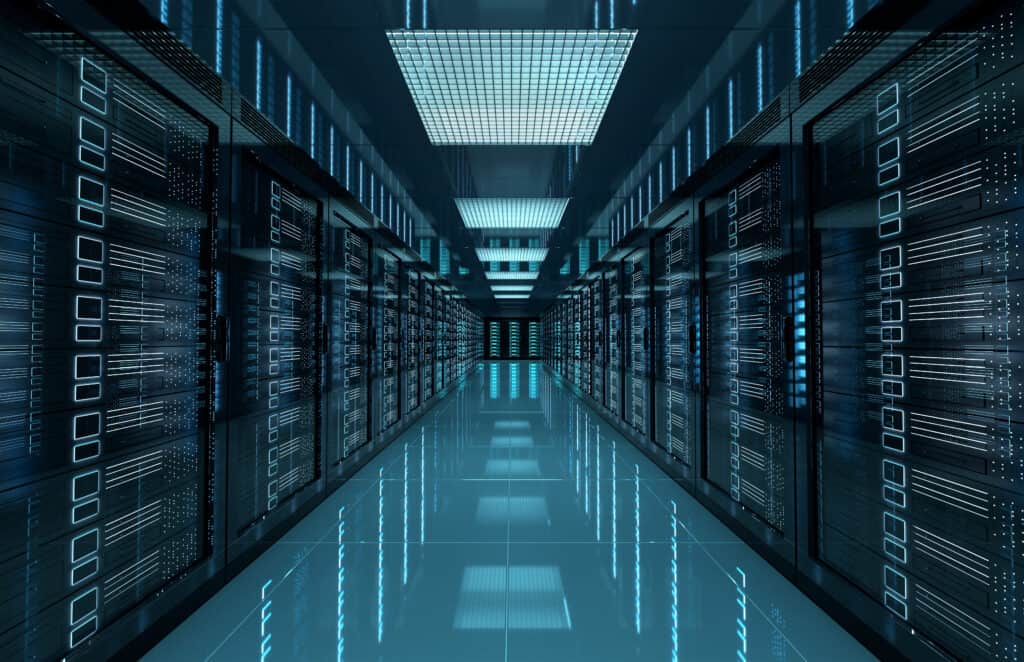
In the technological ecosystem of service providers, from the large, medium to the smallest data centers, when it comes to visibility, monitoring, maintenance and optimization of the environment, anyone can cite at least one example, among the countless challenges faced in hosting operation and IT asset management.
Whether in the initial phase, from the architecture and implementation of the project or in the decommissioning of a server in case of termination of the service contract, there can always be a process step that, when not well structured or managed, will possibly cause rework, inconvenience, dissatisfaction , in addition to exposure to risk and consequent increase in costs.
We know that there are several subjects that can be discussed addressing a series of common situations existing in the day to day of Data Centers, but in this article we are going to talk about a specific topic, which is even well known among Service Providers, Microsoft licensing through the contract SPLA (Service Provider License Agreement).
Microsoft SPLA Contract Management
Microsoft licensing agreements have characteristics that apply to different customer profiles. Whether the company is small, medium or large, there will always be a licensing agreement that best suits the scenario and software acquisition needs, so for service providers it is no different and that is why there is a specific agreement for the licensing of Microsoft applications in Data Centers.
This licensing model, known as SPLA, determines how service providers must acquire eligible software to offer solutions to their end customers.
Nonetheless, know the licensing rules of all the existing manufacturers in the environment is not an easy task, but when it comes to the SPLA, as well as the other contracts, we can count on an official documentation that contains all the rules of right to use Microsoft products, but because it is a contract intended for a software hosting service, such rules have characteristics that are unique to this contract model and therefore the licensing rules, product by product, are gathered in a specific document called SPUR (Service Providers Use Rights).
The SPLA Agreement is based on a subscription model, not perpetual and that requires a monthly consumption report, the metrics of the products offered in this agreement are based on the models, "Per Core”, “Per Processor" and "Per Subscriber”.
SPLA Per Subscriber
in the model Per Subscriber, a SALT (Subscriber Access License) is required for each single, individual user or device that is authorized to access the licensed products. Unlike conventional licensing, the SAL model in SPLA does not require the server to be licensed.
SPLA Per Core and Per Processor
The models, Per Core and Per Processor, allow an unlimited number of users accessing a server, without the need to license a separate SAL. In addition to SAL-based licensing, another curiosity about Microsoft licensing via SPLA concerns the fact that some products have different licensing rules than conventional ones, with regard to licensing metrics or virtualization rights, which can a big difference when monetizing the solutions offered by service providers to their end customers.
Windows Server licensing, for example, both in the SPLA and in conventional contract models such as Open Value, MPSA, Enterprise Agreement, among others, is based on the metric Per Core, but in SPLA there is no need to license the server and accesses, that is, it is not necessary to acquire any SAL (Subscriber Access License). With regard to virtualization rights, both in SPLA and other agreements, the DataCenter edition of Windows Server allows an unlimited number of virtual machines hosted on a physical server. As for the Standard edition, the rules are different and the minimum licensing requirements per processor/server also follow exclusive rules of this contract model for both editions of the operating system. In addition, it is always worth paying attention to the rights of downgrade and downedition, as these factors can also change license requirements and compromise compliance with the use of the software.
So far, we already have a considerable amount of information and rules that need to be carefully considered, so in view of such particular characteristics, it is evident that SPLA licensing requires a detailed analysis of the environment, in order to provide maximum compliance and avoid errors in the processing the consumption of licenses that are reported monthly to the manufacturer, in addition to ensuring assertiveness during the calculation of the cost of the service that is “billed” to the end customer.
The SAM for Datacenter program
A program SAM (Software Asset Management), when well implemented, can greatly reduce the challenges faced by any company that uses technological resources and not only the Service Providers, andHowever, changes in an environment of data center follow such a dynamic and intense flow, which ends up generating the need for constant monitoring and at a much lower cadence.
So the question is, how do you manage all of this in an IT asset hosting environment, maximizing compliance, minimizing risk and optimizing cost?
We can start by saying that having a good inventory tool or even hiring a SAM consulting service is the most obvious, but does that alone solve all problems?
Not necessarily.
So what, in addition to visibility, metrics, definitions and understanding, is needed to achieve the optimal level of technology maturity in a data center environment?
The answer is, processes!
Tripod: Processes, People and Platform
To be successful, a SAM program requires a solid foundation made up of: people, processes and platform. The design and development of the SAM program helps organizations to establish objectives, success criteria, policy development, process design, roles and responsibilities, in addition to choosing the platform that best fits their needs.
Count on 4Matt Tecnologia, the company most specialized in licensing management for Datacenters in Brazil.
Tags: ServiceNow, Snow Software, Software Asset Management, Software Asset Management, SAM, FINOps, ITAM, ITSM, Flexera, Cloud Management governance framework, google data center, disaster recovery, google cloud, modern data, data center design , data center provider, types of data centers, liquid cooling, infrastructure management, oracle cloud, hybrid cloud, server farms, public cloud, energy supply, greener data center, cloud providers, data center management, talk to us, IT infrastructure, website hosting, work with us, data center tier, alibaba cloud, cloud computing, telecommunications infrastructure, uninterruptible power, cloud storage, standards for data, data center consolidation, customer success, network infrastructure, power and cooling, secure access, uptime institute, storage systems, data center infrastructures, cloud data, data center security, enterprise data centers, digital transformation, raised floor, enterprise data, microsoft azure, data center, fire suppression, physical infrastructure, cloud data centers, physical facility, modern data centers, digital infrastructure, virtual data center, data protection, telecommunications industry association, ibm cloud, green data, cloud platform, data center facilities, standard for date.
